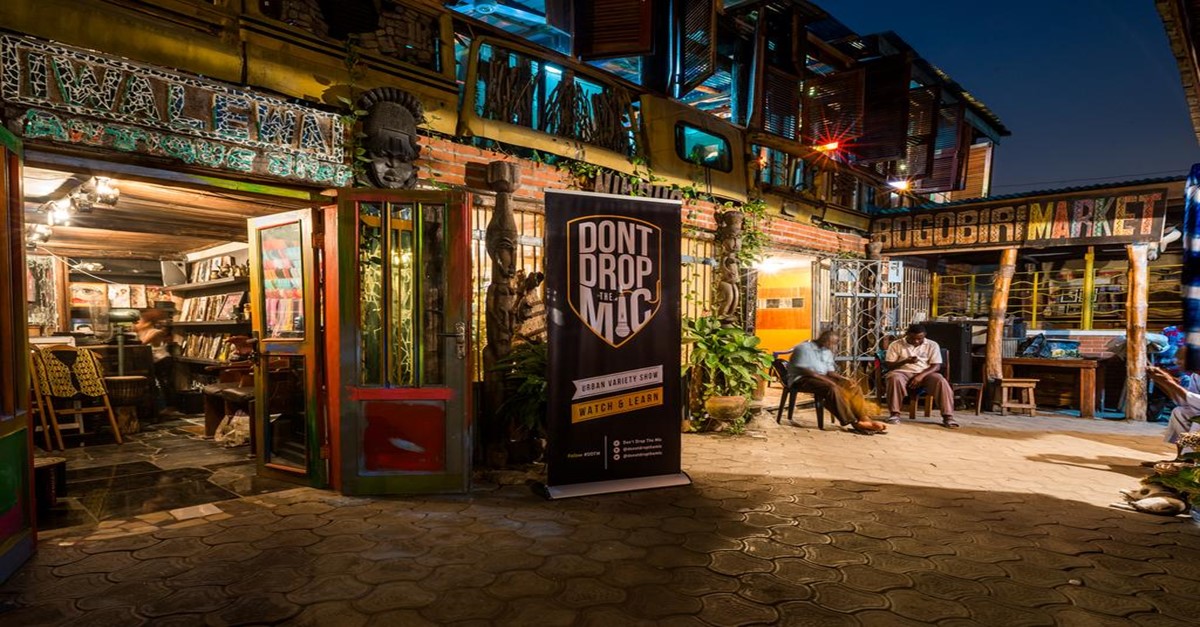Housing prices in South Korea are steadily rising despite the current government’s new policies to stabilize the housing market. As such, the number of multi-homeowners and foreign investors who buy houses for investment purposes has increased significantly. However, traditionally Koreans have a strong perception that they should own their home. Owning one’s own home is perceived as the most important asset and is recognized as ensuring a stable life. When surveyed, around 86 percent of South Korean respondents stated that they should own their homes.
There are three major types of housing in Korea: high-rise apartments, detached houses, and row houses. Apartments are the most common form of housing in South Korea. These apartments are often high-rise residential buildings consisting of five to mostly 20 stories. Apartments are the most preferred type of housing among South Koreans because the residential environment is conveniently built around the apartment complex. Normally, hundreds to thousands of households live together in an apartment complex and they also have shopping centers, sports facilities, and childcare centers. Nonetheless, detached houses are also gaining popularity these days. In particular, it has become trendier to live in a detached house for a more relaxed or environmentally friendly lifestyle, which is away from busy urban life.
In the housing market in Seoul, the average price of apartments has risen by 40.76 percent over the past two years. Apartments located in Seoul were more than twice as expensive per square meter as apartments in other regions. Furthermore, the average transaction price of the top ten percent of Seoul apartments in 2019 was 2.13 billion South Korean won, exceeding 2 billion South Korean won for the first time in history. Additionally, people in their 30s were the most active age group in the Seoul apartment market. In Seoul, where expensive apartments were concentrated, it was traditionally believed that older people had a stronger purchasing power. However, people in their 30s, who were excluded from the government’s recent real estate policy, actively bought apartments.
In fact, falling apartment prices in most regions and mortgage interest rates made it easier to purchase housing in South Korea. This is despite the fact that the housing price in Seoul and metropolitan areas increased significantly. The housing affordability index has declined to 50.5 as of the 4th quarter of 2019. The housing affordability index of 50.5 means that only about 12 percent of monthly income is spent on repayment of housing loans. As the era of low-interest rates continues, the total amount of mortgage loans in Korea has steadily increased. Prior to the government’s real estate regulation in early 2020, mortgage loans for home investments increased along with household loans.
This text provides general information. Statista assumes no liability for the information given being complete or correct. Due to varying update cycles, statistics can display more up-to-date data than referenced in the text.





